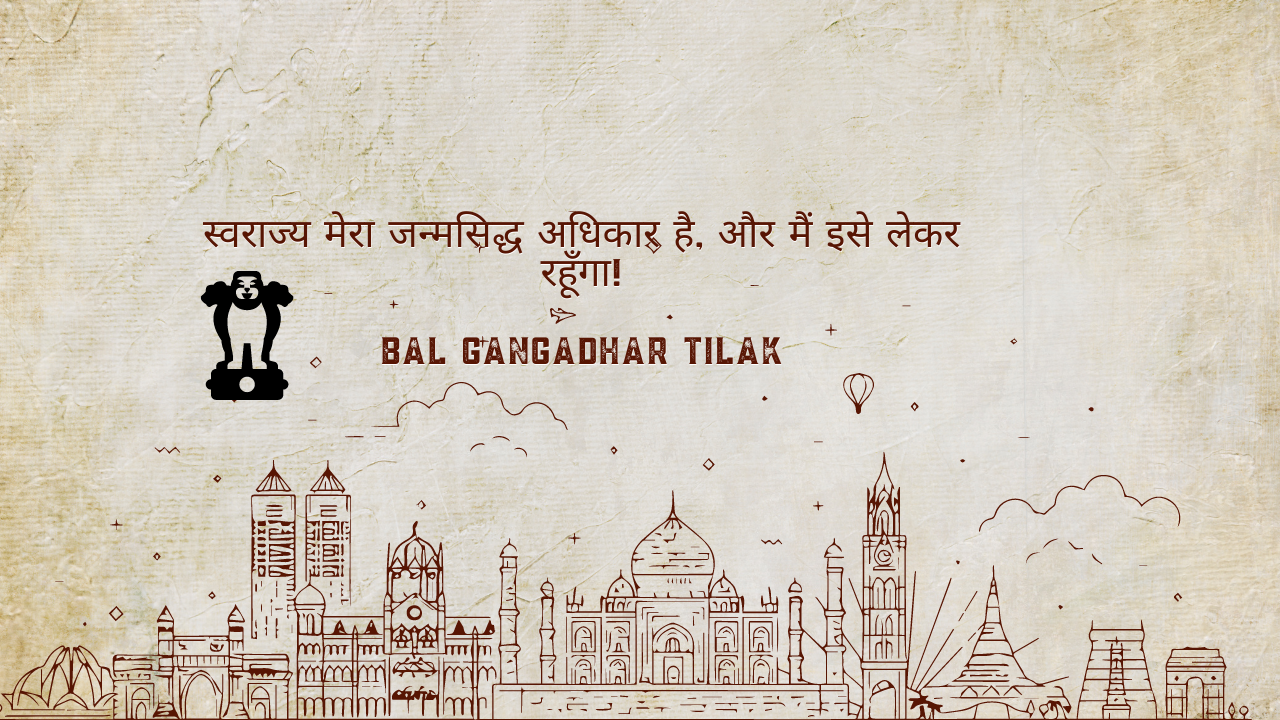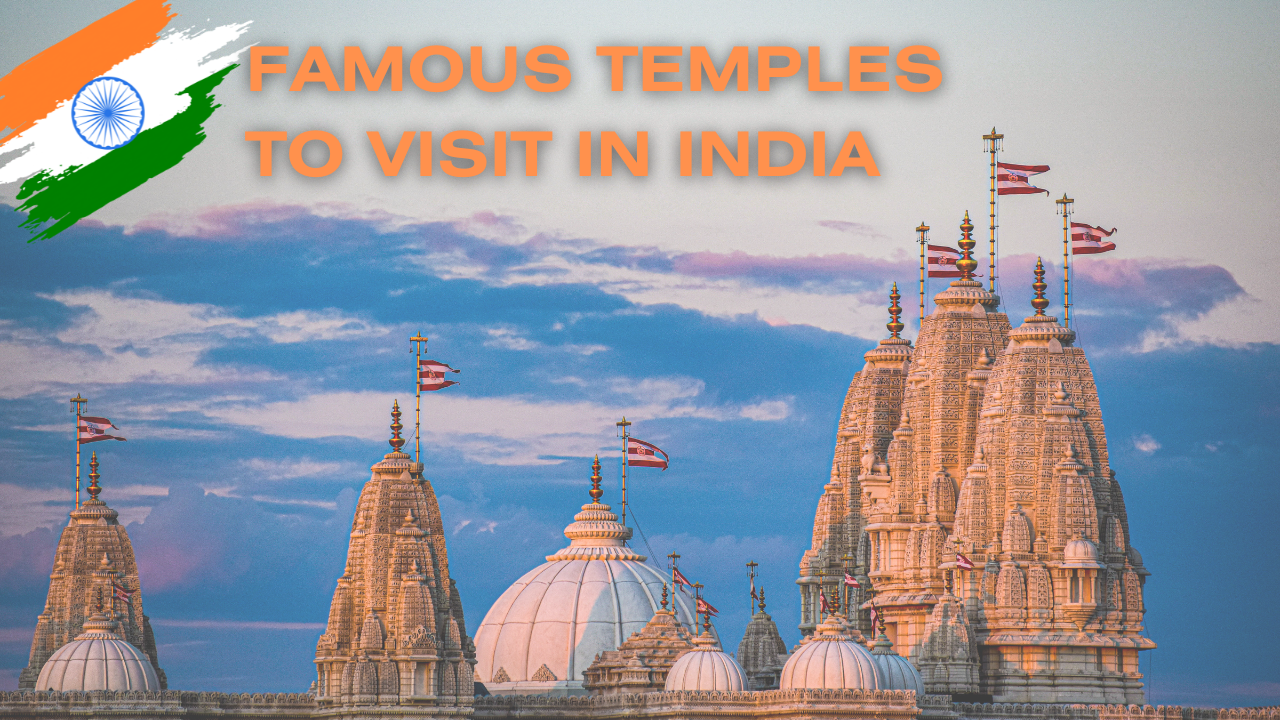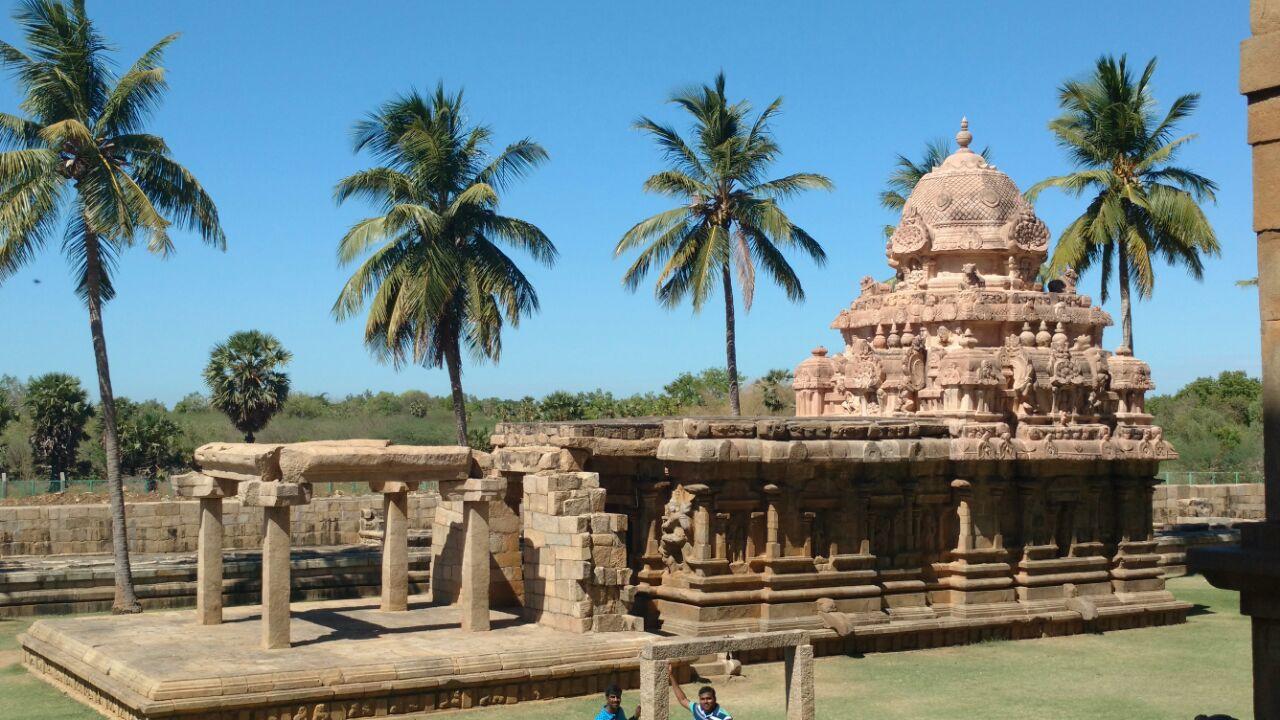Slogans of freedom fighters are famous speeches given by Indian independence movement leaders. In the war for independence, many freedom fighters made important and remarkable contributions. Their catchphrases are famous. There is a special meaning behind each phrase, and they are all tied to certain events or places. On the UPSC IAS test, one of the most significant subjects is the slogans of freedom fighters. It delves deeply into the Modern History component of the General Studies Paper-1 curriculum.
One way to characterize an event or a goal is with a slogan, which is a short and catchy phrase. Any well-known individual or group can propose a slogan. A slogan can serve to inspire others or to symbolize an idea or objective. The phrase can also serve as a motivational tool.

Famous Slogans of Freedom Fighters
To achieve independence, our freedom warriors battled valiantly. To rally the people against the tyranny of British rule, they engaged in many battles. Their slogans, which inspired patriotism among the populace, were one of their most powerful tools. The liberation fight was mostly characterized by two main schools of thought: moderate and extreme.
Hindi, Hindu, Hindustan - Bharatendu Harishchandra
While moderates adhered to Mahatma Gandhi's teachings of nonviolence, the revolutionaries were certain that the British would stay in the nation until they experienced the bitter taste of their own medicine. It is debatable which specific events ultimately contributed to India's 1947 independence, but the sacrifices made by the Freedom Fighters were certainly essential.
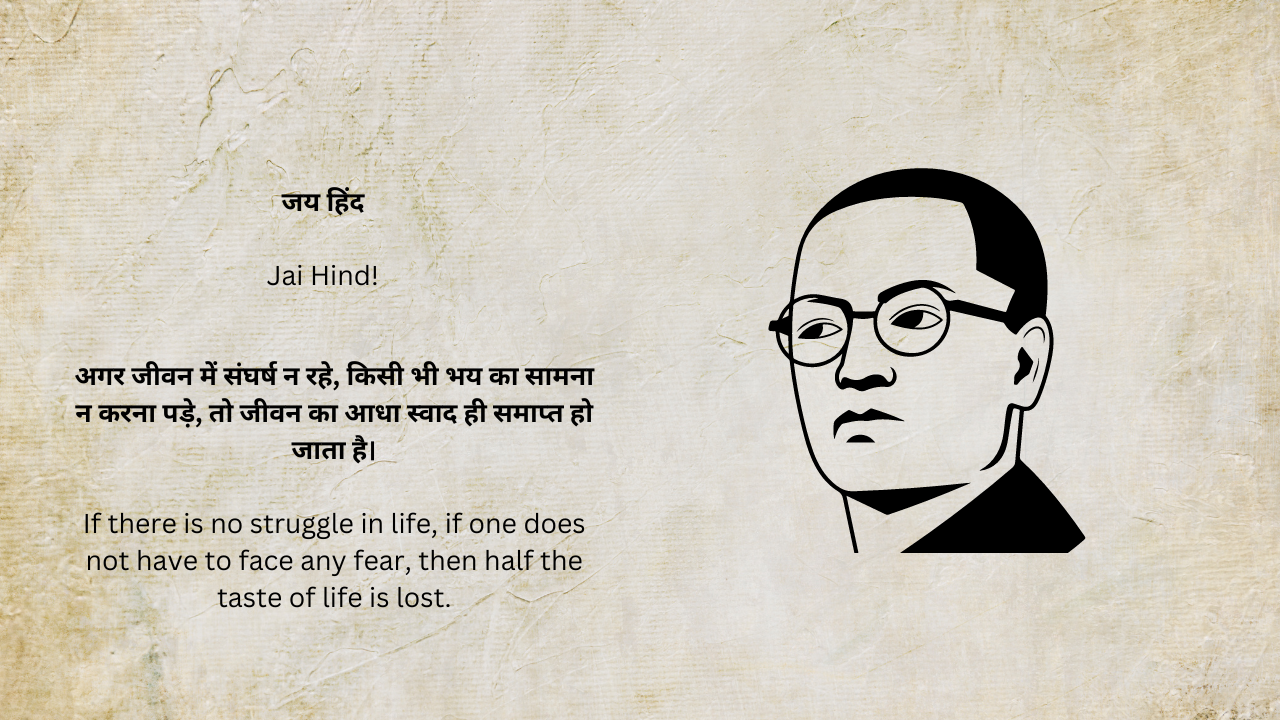
A slogan may be a potent tool for mobilizing the masses and sparking a revolution. Over the years, several prominent and well-known freedom fighters in India have delivered stirring speeches using memorable slogans. Our independence warriors in India made good use of these slogans throughout the fight for independence. The meaning of each phrase has a powerful impact on the general public.
A number of the phrases served as kindling for the youth of the nation, stirring up their patriotism and motivating them to take part in the fight for independence. Slogans were a powerful tool for the freedom fighters, allowing them to rally behind their leaders and the ideas they stood for.

Famous Slogans of Freedom Fighters In Hindi
- तुम मुझे खून दो मैं तुम्हे आजादी दूंगा — Netaji Subhash Chandra Bose
- करो या मरो — Mahatma Gandhi
- सत्यमेव जयते — Pandit Madan Mohan Malviya
- सरफ़रोशी की तमन्ना, अब हमारे दिल में है — Ramprasad Bismil
- इंकलाब जिंदाबाद — Shaheed Bhagat Singh
- वन्दे मातरम् — Bankim Chandra Chattopadhyay
- जय हिंद — Netaji Subhash Chandra Bose
- स्वराज्य मेरा जन्मसिद्ध अधिकार है, और मैं इसे लेकर रहूँगा! — Bal Gangadhar Tilak
- भारत छोड़ो — Mahatma Gandhi
- दिल्ली चलो — Netaji Subhash Chandra Bose
- भारत माता की जय — Various
- “Dushman ki goliyon ka hum samna karenge, Azad hee rahein hain, Azad hee rahenge” - Chandrashekhar Azad
Famous Slogans of Freedom Fighters In English
- Tum Mujhe Khoon Do, Mai Tumhe Azaadi Dunga (Give me blood, I will give you freedom) — Netaji Subhash Chandra Bose
- Karo Ya Maro (Do or die) — Mahatma Gandhi
- Satyameva Jayate (Truth alone triumphs) —Pandit Madan Mohan Malviya
- Sarfaroshi Ki Tamanna Ab Humaare Dil Me Hai (The desire for revolution is in our hearts) — Ramprasad Bismil
- Inquilab Zindabad (Long live the revolution) — Shaheed Bhagat Singh
- Vande Mataram (I salute you, Mother) — Bankim Chandra Chattopadhyay
- Jai Hind (Victory to India) — Netaji Subhash Chandra Bose
- Swarajya Mera Janmasiddha Adhikar Hai, Aur Main Ise Lekar Rahunga! (Swaraj is my birthright and I shall have it!) — Bal Gangadhar Tilak
- Bharat Chhodo (Quit India) — Mahatma Gandhi
- Dilli Chalo (March to Delhi) — Netaji Subhash Chandra Bose
- Bharat Mata Ki Jai (Long live, Mother India) — Various
Unsung Freedom Fighters Of India's Freedom Struggle
Matangini Hazra
Matangini Hazra, known as Gandhi Buri, was a revered freedom fighter in India. She actively participated in the "Quit India Movement" and the "Non-Cooperation Movement." Despite being shot three times during one of her processions, she courageously continued to chant "Vande Mataram" while holding the Indian flag.
In 1977, the first statue of a woman was erected in Independent India to honor Matangini Hazra, at the location where she was killed in Tamluk. Her bravery and significant contribution to the Indian freedom movement are also commemorated with Hazra Road in Kolkata.
Aruna Asaf Ali
She is famously known as "The Grand Old Lady" of the freedom struggle in India. She was a prominent Indian independence activist and freedom fighter who bravely hoisted the Indian National Congress flag at Bombay's Gowalia Tank Maidan to show her support for the Quit India Movement.
Along with participating in the Salt Satyagraha movement and other protest marches, she was also imprisoned by the British government for her active involvement in various freedom-fighting movements. Additionally, she staged a hunger strike to protest against the mistreatment of Indian prisoners.
Tara Rani Srivastava
In 1942, both the husband and wife actively participated in the Quit India Movement led by Gandhi Ji. They bravely protested by waving the Indian flag, chanting "Inquilab", and mobilizing a crowd to march towards Siwan Police Station. Despite facing opposition from the Police, they persisted until her husband was shot and fell. Tara Rani, undeterred, used her sari to bandage her husband and courageously led the march forward. Tragically, her husband passed away, but Tara Rani remained resolute and continued to actively engage in the struggle for freedom.
Tum Mujhe Khoon Do, Mai Tumhe Azaadi Dunga: Netaji Inspires a Nation
Indian patriot Netaji Subhas Chandra Bose touched the lives of innumerable Indians with his boundless love and support for their homeland. Netaji created the Azad Hind Fauj (Indian National Army) with the famous slogan Tum Mujhe Khoon Do, Main Tumhe Aazadi Dunga. On Parakram Diwas, we commemorate Netaji's birth. His unwavering dedication, imaginative direction, and groundbreaking ideas made him an icon of bravery and patriotism. Many people are still moved and enthralled by the story of Subhas Chandra Bose and everything he achieved.
Netaji's Famous Slogans
- It is blood alone that can pay the price of freedom. Give me blood and I will give you freedom.
- Freedom is not given - it is taken.
- No real change in history can be achieved through discussions.
- One individual may die for an idea, but that idea will, after his death, incarnate itself in a thousand lives.
- Life loses half its interest if there is no struggle or if there are no risks to be taken.
- Men, money, and materials cannot by themselves bring victory or freedom. We must have the motive-power that will inspire us to brave deeds and heroic exploits.
- The secret of political bargaining is to look more strong than what you really are.
- Never lose your faith in the destiny of India. No power on Earth can keep India in bondage. India will be free and, that too, soon.
- Forget not that the grossest crime is to compromise with injustice and wrong. Remember the eternal law: You must give if you want to get.
- Nationalism is inspired by the highest ideals of the human race, Satyam [the truth], Shivam [the god], and Sundaram [the beautiful].

Karo Ya Maro: Gandhi's Ultimatum
Gandhi delivered his "Quit India" addresses in Hindi and then in shortened English. All through his speech, Gandhi promised nonviolent resistance. Following the passage of the Quit India Resolution, Gandhi delivered his second address. Gandhi laid out the requirements of the various factions involved in the fight for a resolution. Part three of Gandhi's speech was delivered in English — a message to the West. Along with showing the movement's course, it also showed a unified India.
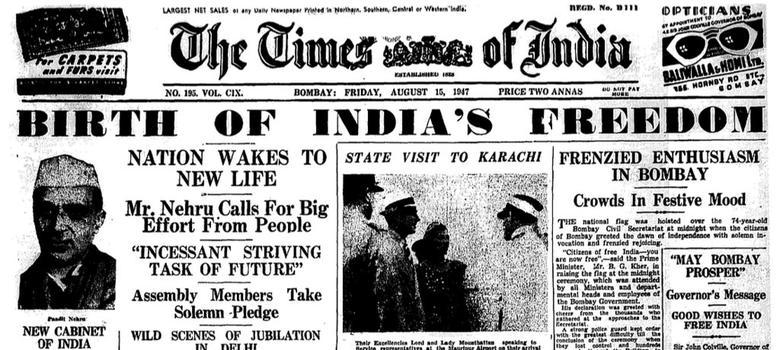
At the end of the English speech, the slogan of the Quit India Movement, "Karo ya maro" (Do or Die), was repeated. Although British sovereignty over India was not immediately overthrown, the Quit India Movement greatly influenced the independence movement in India. The unwavering resolve and strength of the Indian people's will were on full display during the movement. No matter the situation's difficulty, the slogan, Karo Ya Maro, continues to resonate with those who act to transform lives for the better.
Satyameva Jayate: Malviya's Motto
The Lion Capital of Ashoka Pillar is the inspiration for the National Emblem of India, a representative seal of the Republic of India. "Satyamev Jayate," which means "Truth Alone Triumphs," is the motto of the Indian National Emblem. Every official government communication has the National Emblem, a powerful symbol. A lotus flower rests atop the emblem. Satyameva Jayate, meaning 'Truth alone Triumphs' in Sanskrit, appears as the national slogan just below this, written in Devanagari script.
Another great who made an impression was Pandit Madan Mohan Malaviya, whose mantra was Satyameva Jayate. In 1918, while he was the president of the Indian National Congress in Delhi, he made this statement from the Mundaka Upanishad the national motto.
Significance of India's National Emblem
The majestic four lions facing inward symbolize the power and magnificence of the nation.
The wheel at the base of the capital mirrors the teachings of the Buddha.
The lions stand for bravery, power, and confidence.
The emblem symbolizes India's independence and national identity and may be seen on currency, governmental papers, and more.
It is an important symbol of India's history and culture, used in art and architecture.
Sarfaroshi Ki Tamanna Ab Humaare Dil Me Hai: Bismil's Heroic Death
The famous freedom fighter, Ramprasad Bismil, immortalized the patriotic poem Sarfaroshi ki Tamanna, written in Urdu by Bismil Azimabadil in 1921, as a rallying cry for India's liberation from the oppressive British rule. The Delhi-based magazine "Saba" was the first to publish the poem as a tribute to the young Indian independence fighters who fought and died for their country's freedom. It has also been linked to a newer generation of freedom fighters from the interwar period, such as Chandrashekhar Azad, Ashfaqullah Khan, and Shaheed Bhagat Singh.
Ram Prasad Bismil, the heroic liberation warrior, is credited with popularizing this poem. As Bismil was led to his execution, he spoke the first lines of this ghazal, Sarfaroshi ki tamanna ab hamaare dil mein hai; Dekhna hai zor kitna baazu-e-qaatil mein hai. The legacy of Bismil's struggle and dedication to the cause of freedom was left behind when he was executed on December 19, 1927, at the age of 30. Bismil's demand for Hindu-Muslim harmony still inspires feelings of secularism and communal harmony, and his poetry continues to inspire a sense of responsibility and care for society, fairness, and equality as well as revolutionary spirit.
Inquilab Zindabad: Bhagat Singh's Immortality
Inquilab Zindabad, which translates to "Long Live the Revolution," was a rallying cry for the less glamorous revolutionary aspect of India's independence struggle and was popularized in 1921 by the renowned Urdu poet and freedom fighter Hasrat Mohani. While everyone in India is familiar with this slogan, few understand its significance. It would appear that the revolutionaries were somewhat peripheral to the movement, primarily driven by Mahatma Gandhi's call for nonviolence.
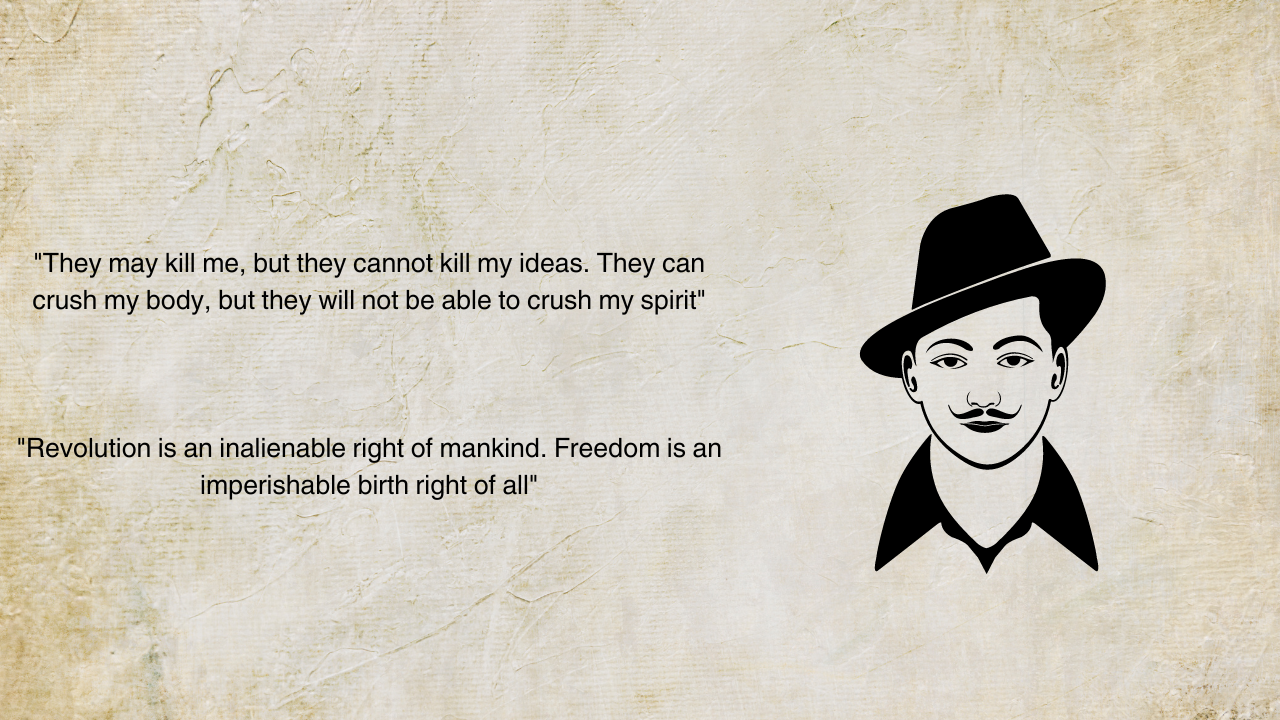
In their belief that the brutal British colonial apparatus could be dismantled, the Indian revolutionaries armed themselves. The Hindustan Republican Association (HRA) was the name given to the group by these young, armed men. In the 'Kakori Train Conspiracy,' which took place on August 9, 1925, near Lucknow's Kakori railway station, a group of revolutionaries stole public money. This was the most daring undertaking of HRA. Following the incident, the British administration imposed harsh punishments on the leaders, resulting in the incarceration of several individuals from different parts of India.
Following the influence of a young revolutionary named Bhagat Singh, HRA changed its name to the 'Hindustan Socialist Republican Association' (HSRA) and adopted the slogan 'Inquilab Zindabad' in 1928. The HSRA's most audacious assault was the bombing of Delhi's Central Legislative Assembly on April 8, 1929, carried out by Bhagat Singh and Batukeshwar Dutt to bring attention to the cause. They surrendered to the authorities after guiding the device onto an empty bench to prevent harm. Some members of the HSRA threw their booklet "To Make the Deaf Hear" into the Assembly's floor. Just one month later, on March 23, 1931, Bhagat Singh, Sukhdev, and Rajguru were executed. Although HRA and HSRA failed in their mission, the lives, compositions, and most importantly, their motto, Inquilab Zindabad, remain relevant even today.

